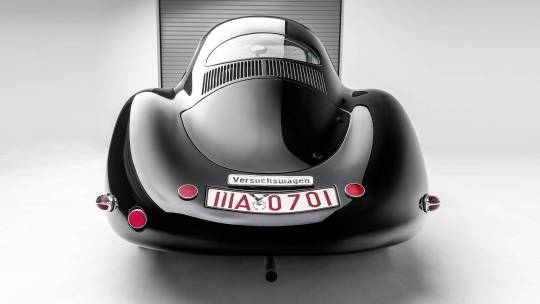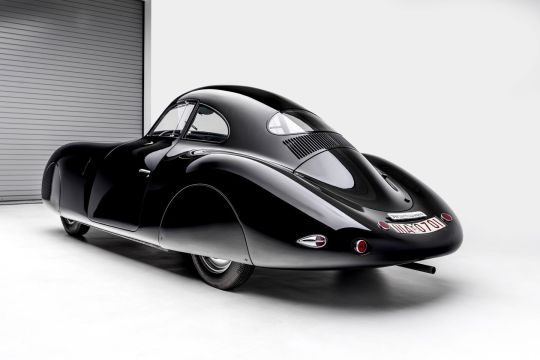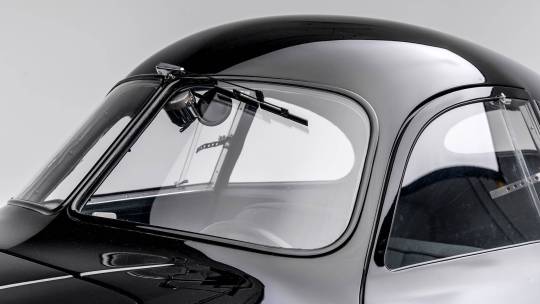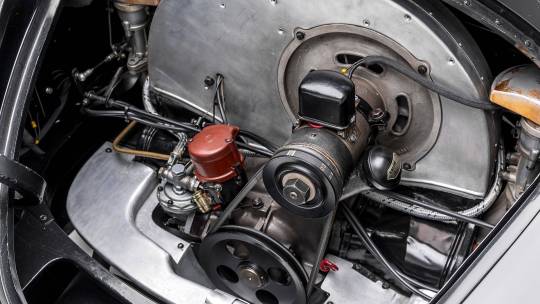#adolf hühnlein
Explore tagged Tumblr posts
Text

Reichskanzler Adolf Hitler addressing an SA (Sturmabteilung) rally in Dortmund, during Aufmarsch der SA-Gruppe Westfalen (also known as the SA-Westfalentreffen), 9 July 1933. L-R: Josef Wagner (Gauleiter Westfalen-Süd), SA-Gruppenführer Wilhelm Schepmann (Führer SA-Gruppe Westfalen), SA-Brigadeführer Georg von Walthausen (Gruppenstaffelführers der SA-Gruppe Nord-West), Adolf Hitler, Adolf Hühnlein (blocked by Hitler, NSKK-Korpsführer), and SA-Obergruppenführer Viktor Lutze (Oberpräsident der Provinz Hannover). One year later after The Knight Of The Long Knives and the subsequent murder of Ernst Röhm, Viktor Lutze would be appointed Stabschef-SA
#germany#ww2#nsdap#sturmabteilung#1933#adolf hitler#georg von halthausen#hitler#viktor lutze#adolf hühnlein#nskk#dortmund#georg von walthausen#josef wagner#wilhelm schepmann
18 notes
·
View notes
Text

Military parade to commemorate the 50th Führergeburtstag, which was held on a large scale in the Berlin on April 20, 1939. Sitting in the front row, from left to right: Magda, Joseph, Charlotte Freiin von Vietinghoff-Scheel (wife of Walther Darré), and SS-Obergruppenführer Walther Darré. Back row from left to right: Adolf Hühnlein, Heli Bouhler, SS-Obergruppenführer Philipp Bouhler, Gauleiter Karl Weinrich, and Gauleiter Dr. Siegfried Uiberreither.
31 notes
·
View notes
Photo









Porsche “Berlin-Rome” Type 64 (1 of 2).
During 1938, Ferdinand Porsche and Major Adolf Hühnlein met, and the subject of establishing an endurance motor sport event was discussed. Hühnlein was inspired, and he set in motion a plan to organise a race from Berlin to Rome, a 1500km event that would take place in September 1939. No doubt Hühnlein’s motivation to his superiors included promoting Germany’s excellent system of Autobahns which this race would utilise, and the event would also tie in conveniently with the start of production of the KdF-Wagen.
In preparation for the race, it was decided to build three special long-distance race cars, and to Ferdinand Porsche’s delight, these were ordered and paid for by Volkswagen. For political reasons the cars were called KdF-Wagen and so in Volkswagen circles the car was known as the Type 60K10, although the Porsche engineers referred to it as the Type 64.
The 64 was to have an aluminium body, and the wheels were fully covered with removable alloy panels. Due to the event being a long-distance road race, Karl Fröhlich designed the car to carry two spare wheels in its nose, a move which meant the standard fuel tank would have to be relocated further back on the passenger side.
The engine used in the Type 64/60K10 was the standard 985cc unit as used in the KdF-Wagen, by increasing the compression ratio, power output was raised to 32 bhp at 3500 rpm.
With the race date set for September 1939, production of the three cars, Sports Car 1, 2 and 3, commenced in the summer of that year. The three chassis numbers allocated to the race cars, also referred to as the KdF-Rekordwagen, was 38/41, 38/42 and 38/43.
Karosseriewerk Reutter were given the task of making the bodies for the three cars from 0.5mm alloy sheets, but it wasn’t until 19 August 1939 that the first body was completed, a fortnight before the official start date of the Second World War. The second car was only completed on 20 December that year in a dark colour, while the third car, finished in the same silver colour as the first car, was only completed on 15 June 1940.
The plans for Porsche’s own sports car were already on the drawing board in 1947 and the first of the new 356 models was officially registered in June 1948. Just as the Type 64 had looked so ultra-modern when compared to contemporary sports machinery of the day, so too did the Porsche 356 immediately date other sports cars of the period. It was at this time that, with the war now over and plans to develop the 356 into a really competitive sports car in the market, that the old Type 64 became redundant to Porsche. Fortunately, the Swiss racing driver Otto Mathé had shown an interest in acquiring the Type 64, otherwise this crucially important piece of Porsche history may well have gone the way of its two siblings, and been scrapped.
“Otto Mathé, was one of the first, if not the very first driver, to use Porsche products for racing,” said Oliver Schmidt of the Prototyp Museum in Hamburg. Today there are two Type 64s in existence, the first being the 38/41 car Mathé bought from Porsche in 1949. The second car has been built up from the spares that Mathé bought from Porsche.
147 notes
·
View notes
Photo







299) Nationalsozialistisches Kraftfahrkorps, NSKK, National Socialist Motor Corps, Narodowosocjalistyczny Korpus Motorowy - organizacja paramilitarna podlegająca NSDAP, która działała na terenie Niemiec w okresie III Rzeszy w latach 1931–1945. W latach 1934–1942 jej dowódcą był Adolf Hühnlein. Narodowosocjalistyczny Korpus Motorowy był najmniejszą organizacją NSDAP i został stworzony w roku 1931 jako zmotoryzowane oddziały Sturmabteilung (SA). W 1934 roku do organizacji należało w przybliżeniu 10 000 członków. Wtedy wyodrębniono ją z SA – stała się organizacją niezależną, co prawdopodobnie zapobiegło jej zlikwidowaniu, gdyż w czasie czerwcowych czystek partyjnych i wymordowaniu dowództwa SA (w czasie tzw. nocy długich noży) rola SA drastycznie zmalała na rzecz SS. Organizacja zajmowała się przede wszystkim podstawowym szkoleniem i edukowaniem poborowych kierowanych do jednostek pancernych i zmotoryzowanych. Byli oni głównie przygotowywani do obsługi i utrzymywania wysokiego stanu technicznego motocykli oraz samochodów. Organizowano również kompanie samochodowe, zapewniające transport między innymi jednostkom Ordnungspolizei. W listopadzie 1939 na terenie Generalnego Gubernatorstwa pod dowództwem Obergruppenführera Hermanna Höfle, pełniło służbę 12 kompanii NSKK w następujących miejscowościach: Kraków, Warszawa, Lublin, Kielce, Częstochowa. Poza tym w Krakowie stacjonowała zmotoryzowana kompania kurierska. We wrześniu 1940 stacjonowało 14 kompanii pełniąc zadania: pomocniczej policji drogowej, służby kurierskiej oraz honorowej eskorty Generalnego Gubernatora. Od tego momentu nastąpiło wycofywanie tej formacji z Generalnego Gubernatorstwa. W Krakowie, zmotoryzowana kompania kurierska w sile 90 ludzi była niepotrzebna bo odbudowano już kolej i pocztę do celów komunikacji, a koszt jej stacjonowania wynosił 1 mln zł. Frank zaplanował przejąć na swój budżet 30 ludzi wraz z jej dowództwem. Powstała NSKK-Kompanie „Generalgouverneur” - oddział zmotoryzowany eskorty generalnego gubernatora pod dowództwem NSKK-Sturmbannführera Diedericha. Używana była w służbie na Wawelu, w Krzeszowicach i w warszawskim Belwederze oraz patrolowała ruch na drodze Kraków – Trzebinia. Dodatkowo przy przejazdach samochodu Hansa Franka stanowiła jego motocyklową eskortę honorową.
0 notes